
Heterodera schachtii tyrosinase-like protein - a novel nematode effector modulating plant hormone homeostasis
0 Comments
/
The nematode Heterodera schachtii is a parasite of the sugar beet. Understanding how H. schachtii parasitizes the plant is crucial to develop tools to minimize infestation and crop losses. From the H. schachtii transcriptome, the authors identified the sequence of a putative secreted effector protein…
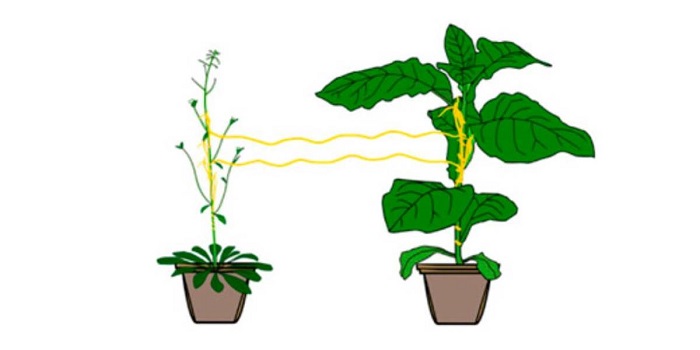
Stem parasitic plant Cuscuta australis (dodder) transfers herbivory-induced signals among plants
Parasitic plants such as Cuscuta astralis (dodder) form connections with their host plants through which nutrients and other molecules pass. Using mutant plants and transcriptomic assays, Hettenhausen and Li et al. showed that two or more plants connected by Cuscuta bridges shared information through…
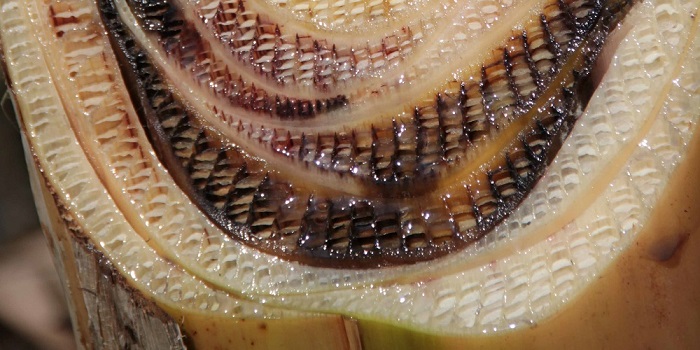
Fighting Fusarium wilt to beat the bananapocalypse
Dr. Sarah Schmidt (@BananarootsBlog), Researcher and Science Communicator at The Sainsbury Laboratory Science. Sarah got hooked on both banana research and science writing when she joined a banana Fusarium wilt field trip in Indonesia as a Fusarium expert. She began blogging at https://bananaroots.wordpress.com and…
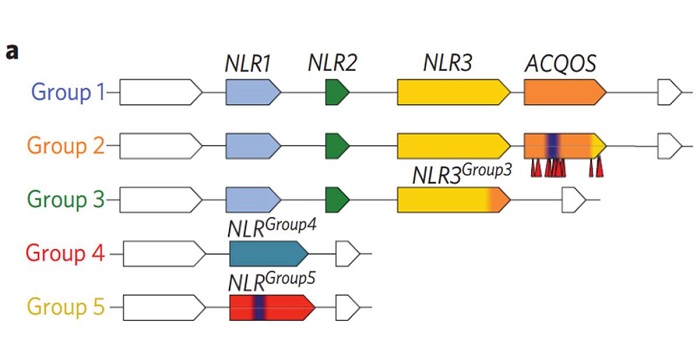
NLR locus-mediated trade-off between abiotic and biotic stress adaptation in Arabidopsis ($)
With both biotic and abiotic stresses predicted to worsen due to climate change, the ideal crop of the future must have traits to handle both. Common abiotic stresses like drought, cold, and salinity cause osmotic stress by disrupting cell turgor. Exposure to a mild salt treatment leads some plants to…
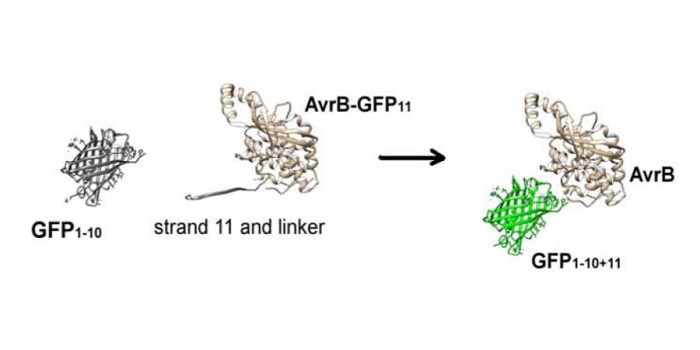
Direct and indirect visualization of bacterial effector delivery into diverse plant cell types during infection
Bacterial effectors are proteins produced by bacteria and introduced into their hosts, where the effectors support successful infection by the pathogen. Effectors can function in diverse cells and cell compartments, but many studies of effector localization have relied on overexpression systems which…
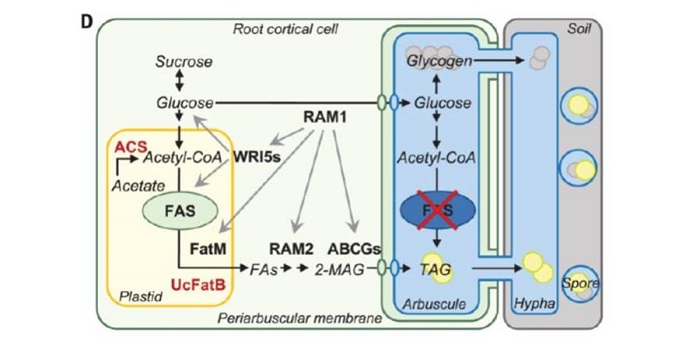
Fatty acids in arbuscular mycorrhizal fungi are synthesized by the host plant ($)
In the symbiotic relationship between arbuscular mycorrhizal fungi and plants, the fungal partner greatly enhances the uptake of mineral nutrients (particularly phosphate), while in return it is supplied with organic carbon from the photosynthetic partner. Luginbuehl et al. investigated whether this…

Review: How does a plant orchestrate defense in time and space? Using glucosinolates in Arabidopsis as case study
Plants, like human societies, must live with the inherent conflict between investing in defense and investing in growth and infrastructure. Burrow and Halkier provide an interesting and highly readable overview of the strategies by which Arabidopsis optimizes the production and distribution of glucosinolates,…
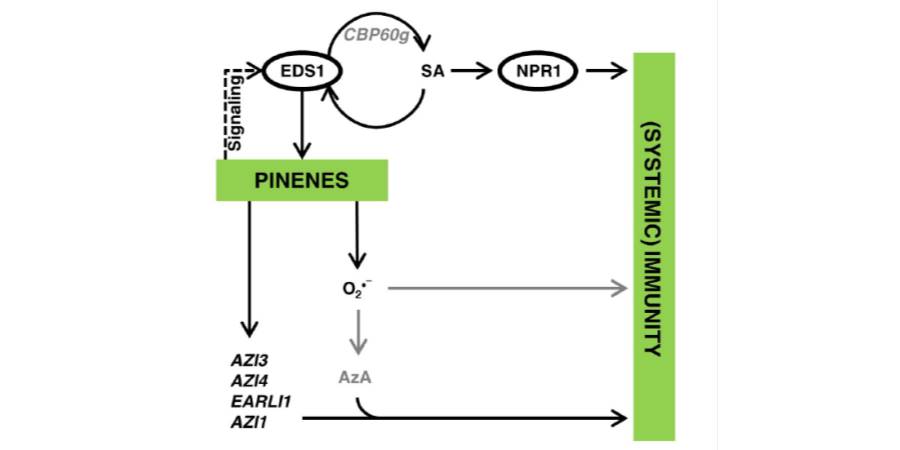
Secrets of the Forest: Volatiles First Discovered in Pine Trees Propagate Defense Signals Within and Between Plants
Systemic acquired resistance (SAR)—a plant-wide heightened state of defense following localized exposure to a pathogen—is characterized by increased salicylic acid (SA) and ROS levels and elevated expression of pathogenesis-related genes. SAR depends on ENHANCED DISEASE SUSCEPTIBILITY1 (EDS1), which…

For drought tolerance, is water use efficiency (WUE) no longer a recommended selection criteria for energy crops?
Podlaski et al. conducted experiments with energy crops like miscanthus, prairie cordgrass, willow, etc, and report that water use efficiency (WUE) is no longer a valid trait for selecting energy crops for drought tolerance. They could not find any significant relationship between WUE and biomass …

